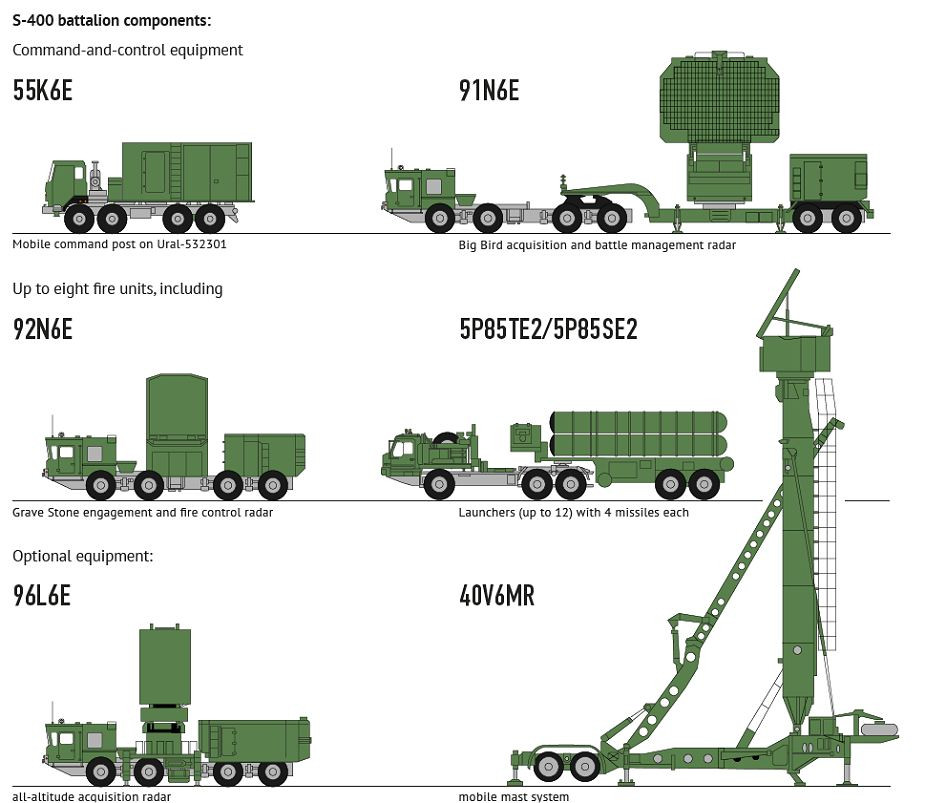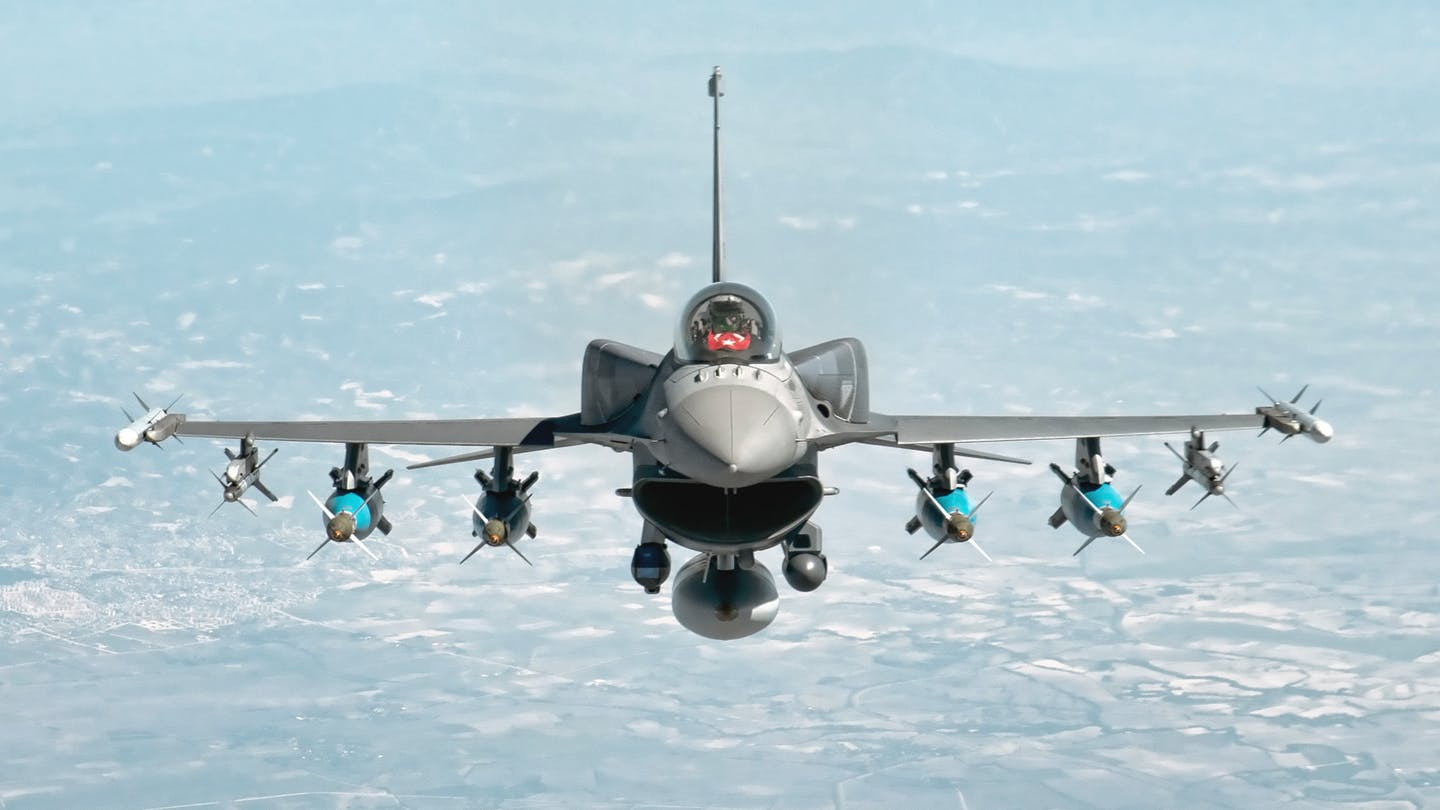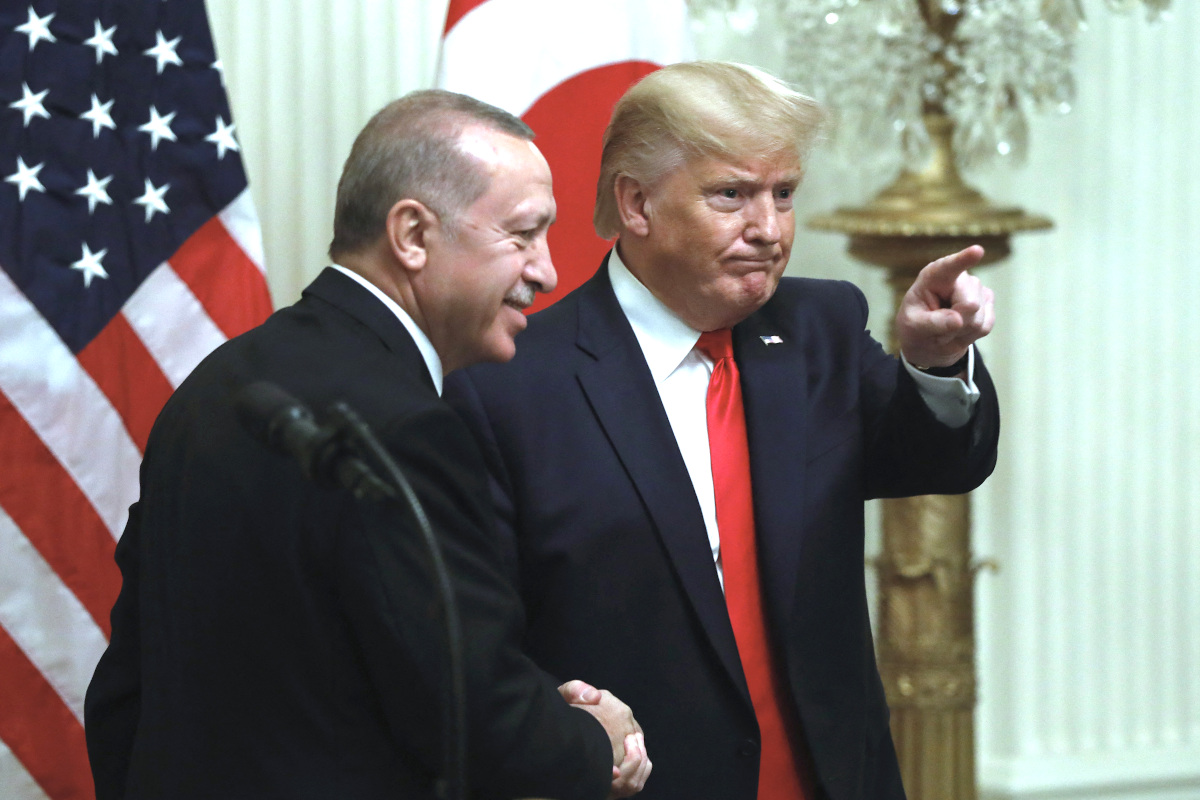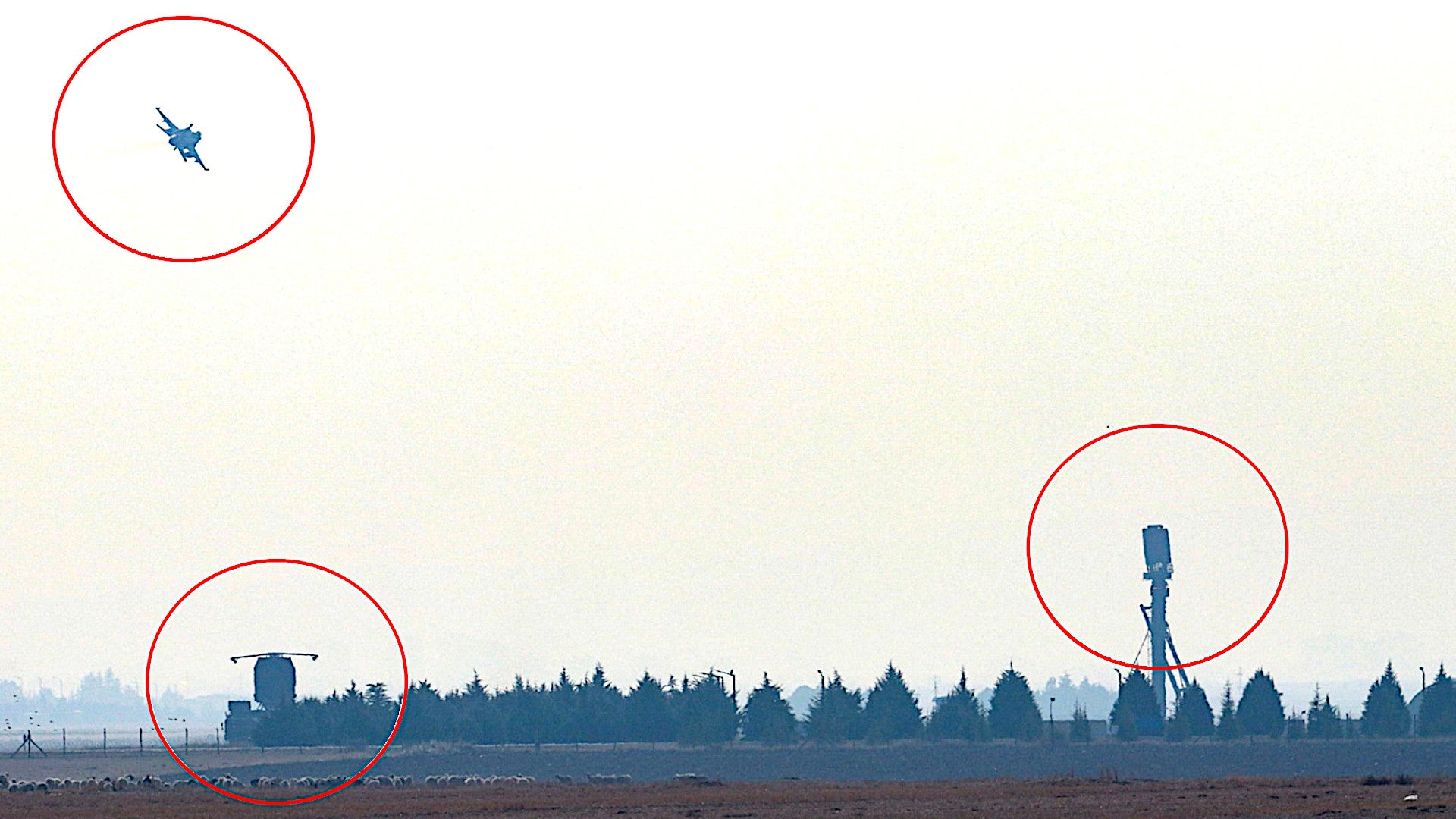Turkey has begun tests of the radars associated with its new Russian S-400s using American-made F-16 Viper and F-4 Phantom II fighters, defying warnings from the United States that this “activation” of the surface-to-air missile systems could prompt new sanctions. U.S. officials had been concerned that the Turkish military might conduct exactly these sorts of tests with the F-35, potentially giving Russia insights into the jets’ capabilities, an issue that remains at the center of the spat over Ankara’s deal with Moscow to buy the air defense system in the first place. The Pentagon already ejected Turkey from the Joint Strike Fighter program earlier this year and is finalizing efforts to remove Turkish defense contractors from the supply chain, as well.
Turkey’s Ankara Governorate announced the tests on Nov. 24, 2019. The S-400s are presently based at Murted Air Base, which is situated just outside the Turkish capital. The testing, which began today, is scheduled to continue through Nov. 26. Russia began delivering components of the air defense systems in July. Reports have indicated that the Turkish S-400s may be fully operational by April 2020.
“Within the scope of some projects carried out in coordination with the Presidency of Defense Industries, F-16 aircraft and other aircraft belonging to the [Turkish] Air Force will carry out low and high altitude test flights on Monday and Tuesday in the skies of Ankara,” an official statement from Governorate said. There are no details yet on the exact test objectives.
However, video footage of the tests so far show F-16s and F-4s flying over Murted and examples of the 91N6E surveillance and acquisition radar and the 96L6E air search and acquisition radar, the latter elevated on an 40V6M mast, clearly in operation below. The mast-mounted version of the 96L6E is also designed to be better able to detect low-flying targets that a radar positioned right on the ground might not be able to detect through the surface clutter.
These initial tests may just be to ensure that the radars are working properly or to see if they can adequately distinguish Turkish aircraft as friendlies. U.S. military officials, as well as those from other NATO members, have previously warned that the S-400 does not meet the alliance’s interoperability requirements and therefore would not be able to be integrated with other allied air defense networks during an actual crisis. This, in turn, creates the risk that the Russian surface-to-air missile system might not be able to properly tell friendly and hostile aircraft apart when it matters most.

Whether or not these tests, or additional evaluations in the future, are collecting data on how jets, such a the F-16, appear on the S-400’s radars is unclear. The 92N6E fire control radar is notably absent from the pictures and video of the tests, as well.
The United States had feared that the air defense system could gather details about the F-35’s stealth signature, or other information about that aircraft’s capabilities, which Russian technicians assisting Turkey could then have potentially relayed back to the Kremlin. The U.S. government’s position has been and remains that Turkey can have either the S-400 or the F-35, but not both.

Whatever the case, the testing of the S-400 radars, and doing so with American-made aircraft, sends a defiant message to the United States and makes clear that Turkey, and its President Recep Tayyip Erdogan, has no intention of giving up the air defense system, at least any time soon. It also dares U.S. President Donald Trump and his administration, as well as Congress, to act in regards to sanctions under the Countering America’s Adversaries Through Sanctions Act, or CAASTA.
Unless Turkey were to get a waiver, this law requires the U.S. government to take significant action against its Turkish counterparts over the purchase of the Russian-made system. However, the White House and members of Congress have deferred on this repeatedly, suggesting they would only act if Turkey “activated” the S-400’s radars. This was clearly meant to provide room for Ankara to reverse course and abandon the purchase, keeping open a potential path for the country to rejoin the F-35 program.
“Turkey’s acquisition of sophisticated Russian military equipment, such as the S-400, creates some very serious challenges for us, and we are talking about it constantly,” Trump had said alongside Erdogan during the latter’s visit to Washington, D.C. earlier in November. “We talked about it today. We’re talking about it in the future. Hopefully, we’ll be able to resolve that situation.”

Now that Turkey has “activated” the radars, members of Congress may increasingly call for Trump to act in accordance with CAASTA or take additional steps themselves. There has already been something of a backlash to the Turkish government among American legislators following Turkey’s launching an intervention into northern Syria aimed primarily at Kurdish groups, including U.S.-backed forces, in October 2019. Turkish-backed Syrian forces stand accused of numerous atrocities since then. Ankara subsequently cut a deal with Moscow to create a buffer zone along the Syrian-Turkish border, as well.
Around the time of Erdogan’s visit, Congress had also looked set to pass a resolution acknowledging the Armenian Genocide by the Ottoman Empire, a move that deeply angered Turkey. Senator Lindsey Graham, a South Carolina Republican and prominent supporter of Trump, blocked it, reportedly at the direction of the president.
The Trump Administration is clearly concerned that criticism of Turkey’s human rights record in Syria and hitting Ankara with CAASTA sanctions, among other things, could scuttle attempts to negotiate a solution to the S-400 issue, as well as a new bilateral trade deal. At the same time, it’s unclear if these moves will actually sway the increasingly dictatorial Erdogan to shift his positions on any issues.
When it comes to the S-400s and CAASTA, Turkey is now reportedly in talks with Russia about buying some number of Su-35 Flanker-E fighter jets, another move that could prompt sanctions and further inflame tensions with the United States, as well as the rest of NATO. Erdogan has already said that his country plans to cut deals with the Russians about manufacturing components of the new S-500 air defense system and the Kremlin has also repeatedly offered to sell Su-57 advanced combat jets to the Turkish Air Force as alternatives to the F-35.

By most indications, Ergodan continues to move closer and closer into Russia’s sphere of influence. The S-400 tests only further underscore this reality, despite recent reports that Turkey has been upset with Russia over its implementation of their agreement regarding patrolling the Syrian border.
With the new tests of the S-400 radars, Turkey seems well past the point of no return with regards to the F-35 program, at least for the foreseeable future. It’s a decision that only increases the likelihood of the U.S. government imposing serious sanctions on Turkey, which could prompt a further chill in relations between Washington and Ankara, in general, in the near term.
Contact the author: joe@thedrive.com
